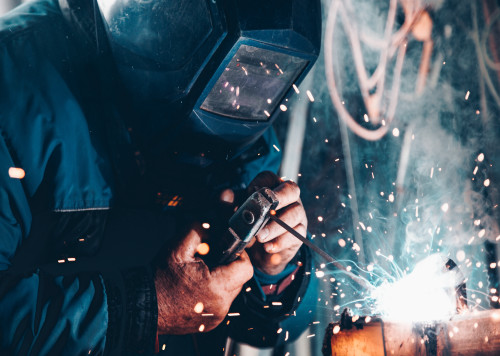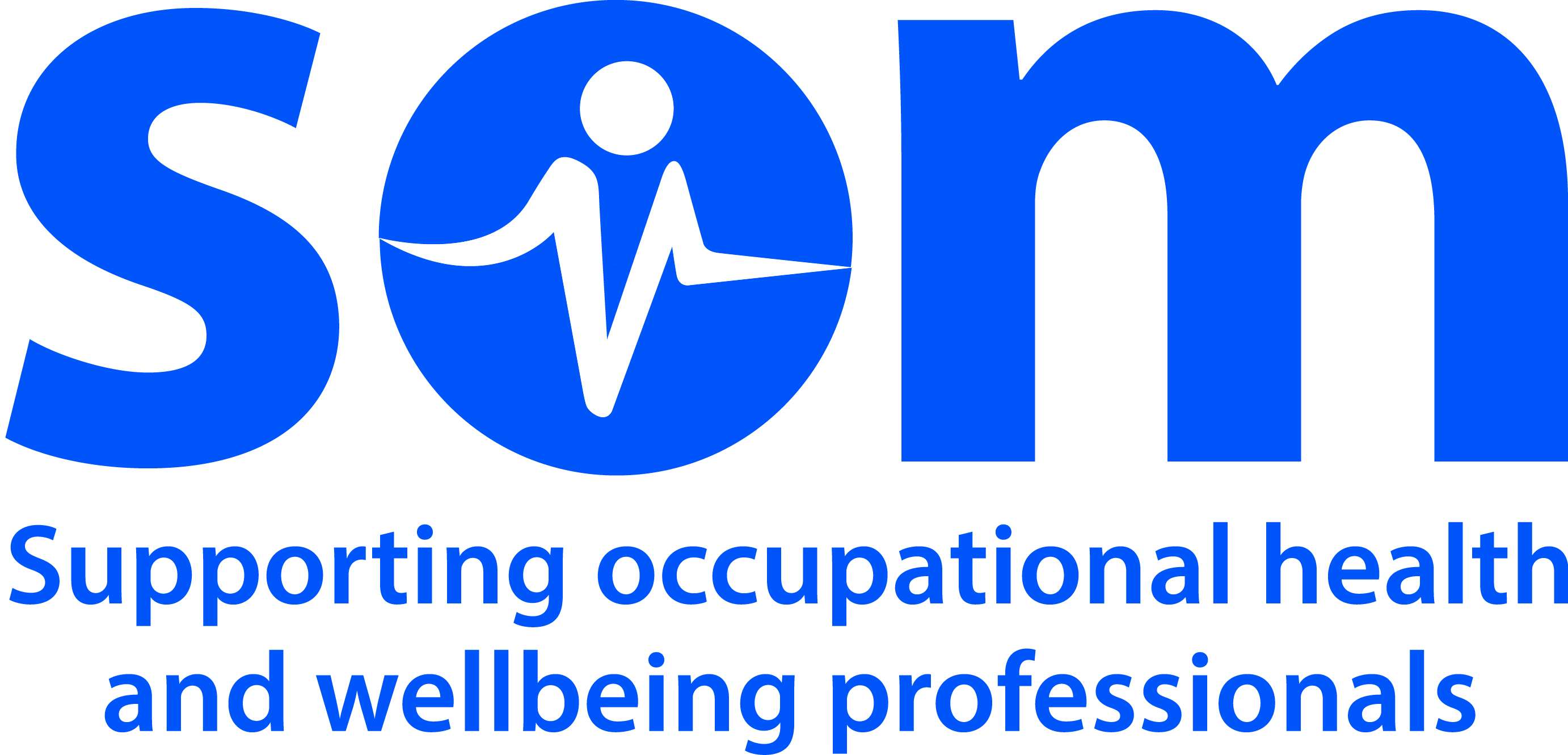Eye injuries

Occupational Health Considerations
Most common eye injuries
1. Corneal abrasions, or scratched eye (glancing foreign body.)
2. Foreign object penetration, such as small metal, stone or or wood fragments sub tarsal/ corneal foreign body/ intra-ocular foreign body/ lens dislocation/retinal tear
3. Chemical burns and other caustic substances in the eye such as acids or alkalis, H2S mists, vanadium pentoxide ( a catalyst that causes irritation to all mucosal surfaces)
4. Black eyes /orbital fractures either from blunt instrument or assault
5. Photokeratitis, also known as eye sunburn or snow blindness, arc eye or welders flash or laser
6. Conjunctivitis: allergic or contagion: virus or bacteria
7. Traumatic or non-traumatic iritis
8. Subconjunctival haemorrhage (can be spontaneous too)
Occupational eye injuries from lasers are rare
Industries at risk
Military e.g. foreign objects,photokeratosis, dusts
Agriculture e.g chemicals, foreign objects, allergic conjunctivitis from pollen, spores or plant dusts
Metalworking e.g grinding or drilling
Construction e.g. flying foreign objects, cement, high pressure water cleaning, arc welding
Woodworking e.g foreign objects thrown off by sawing and dusts
Catering e.g illegal use of UV-C lamps
Vets and animal labs : allergic conjunctivitis from animal fur
Prevention
Training
Machinery guards, interlocks to prevent ejected foreign objects
Dust suppression (water or oil capture of dusts / extraction by fan / barriers
PPE: safety glasses or goggles,
Eye-wash stations are present in high-risk work areas (ie hazardous substances used
'Arc eye' or 'Welder's Flash
Usually presents with pain within the eye, photophobia, bloodshot membranes and watering and a sensation of 'grittiness'
Occupational Cataracts
Causes
Trauma due to penetrating eye injury
Non-ionising readiation : UV-B, Lasers (NB including medical lasers)
Chronic) exposure to TNT, potassium isocyanate, naphthlene, bendiocarb (a pesticide), ethylene oxide, dinitrophenols, ammonium hydroxide, methyl isocyanate and osmium tetraoxide.
Industries at risk
Explosives
Metal foundries
Arc welding
Glass blowing
Printing with use of HIDL.
Prevention
Training, PPE: goggles.
Clinical Aspects
Clinical
diagnosis : slit lamp, evert eyelids to identify possible foreign body, , fluorescein under blue light, fundoscopy
visual acuity: near and distance
Chemical exposures: irrigate eye thoroughly using a bag of normal saline or sterile water.
My reflection

